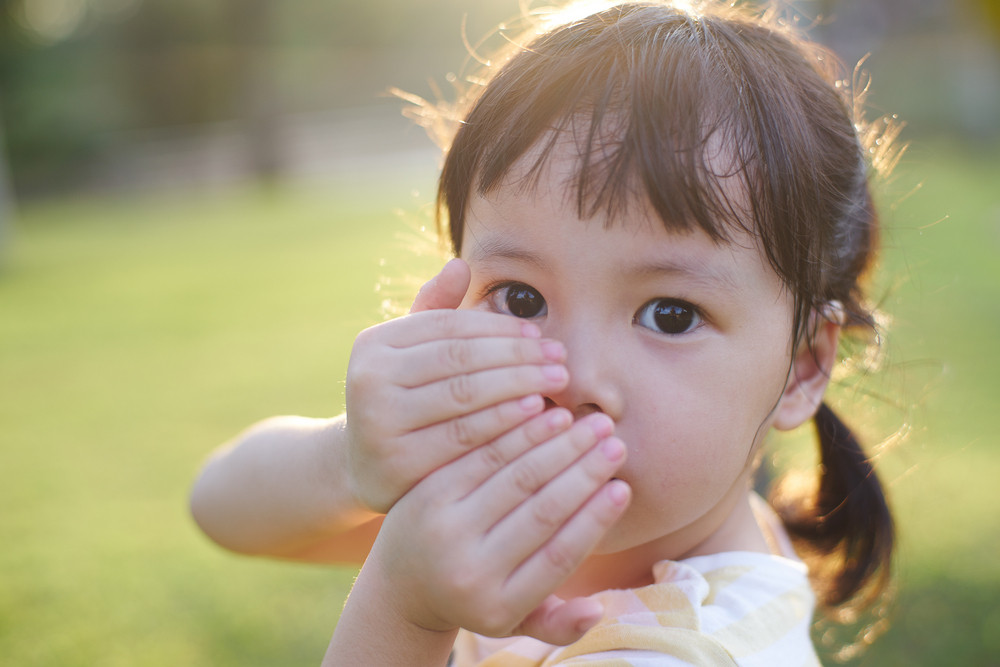Children can experience traumatic events just like adults can. Children that are exposed to trauma can develop a condition called post-traumatic stress disorder, or PTSD. Previously, this condition was thought only to impact adults, but it has now been recognized as affecting children. Here are a few things you should know about PTSD in kids.
Children Are Resilient
For years, people believed this condition only impacted adults because children are resilient. Children exposed to trauma at an early age show a fantastic ability to adapt to their life with PTSD and often have positive outcomes. While some symptoms may linger, treatments like neurofeedback therapy for trauma can help address them.
There Are Various Treatment Options
Parents have several treatment options available to help their children. Neurofeedback therapy for trauma observes the brain in real time and provides feedback as necessary. This method is known to improve emotional dysregulation and improve brain functioning. Psychologists can also work with parents to develop a healthy treatment plan to address symptoms.
Co-Occurring Disorders Are Common
It’s common for children with PTSD to develop more than one condition. PTSD is an anxiety-related condition, so children may have other anxiety-related disorders. According to the Anxiety & Depression Association of America, social anxiety disorder usually begins around 13 and occurs equally in both sexes. Professional treatment for all conditions is essential.
Symptoms of PTSD
There are several symptoms of post-traumatic stress disorder that children may experience. Some will have all of them, and some will only have a few. Emotional dysregulation is common. Children may become upset or extremely angry over things you consider minor. It’s common for kids to avoid things that trigger them, which is known as avoidance. Children may have nightmares or flashbacks of events, too. These may get better with treatment.
Parental Involvement
Parents play a critical role in addressing PTSD in their children. Parents must create a supportive environment in the home and communicate with their children regarding symptoms. They’ll manage a team that may involve multiple professionals and treatment options. Neurofeedback therapy for trauma, cognitive behavioral therapy, and working with a psychologist are standard.
PTSD in children can disrupt the entire family’s lives as everyone struggles to understand and cope. Therefore, it’s imperative to seek innovative treatment options to help children learn the skills necessary to address their symptoms. Contact us for more information about how we can help your family today.

